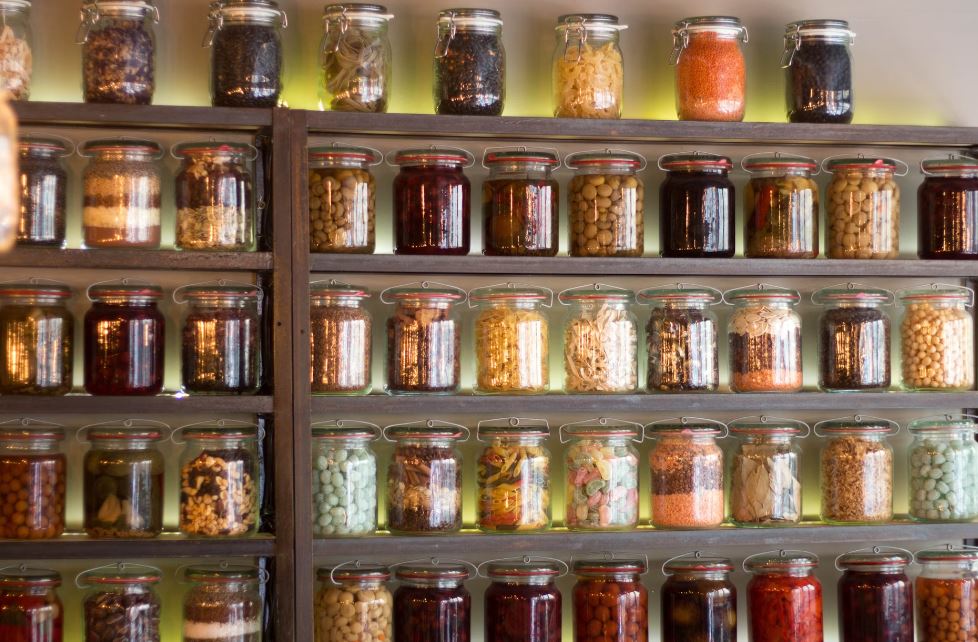Are you running out of space in your kitchen for all your food supplies? Do you find yourself constantly rearranging shelves and cabinets to make room for new ingredients? If so, it might be time to consider converting your garage into a food storage space. With a few simple steps, you can transform this underutilized area into a functional and organized pantry that will help streamline your meal prep and grocery shopping routine. This blog post will provide you with tips and ideas on how to convert your garage into a food storage space effectively.
Assess Your Space
The first step in converting your garage into a food storage space is to assess the available space and determine how much storage you will need. Take measurements of the area and consider factors such as shelving, cabinets, and bins. You may also want to think about installing a refrigerator or freezer in the garage to store perishable items such as meats and dairy products. Additionally, check to make sure that your garage door properly opens and closes. If any garage door repairs are necessary, complete those before stocking your food storage. Once you have a clear idea of the layout, you can start planning the organization of your new pantry.
Install Proper Shelving
To maximize storage space in your garage pantry, invest in sturdy shelving units that can hold heavy items such as canned goods and jars. Adjustable wire shelving is an excellent option as it allows you to customize the height between shelves based on the size of your items. You can also consider installing wall-mounted shelves or overhead racks to free up floor space for larger appliances or bulkier items.
Organize Your Supplies
When organizing your food supplies in the garage pantry, group similar items together to make it easier to find what you need quickly. Use clear containers or bins to store dry goods such as grains, pasta, and snacks. Label each container with its contents for easy identification. For canned goods and spices, consider using rotating racks or tiered organizers to maximize visibility and accessibility. By keeping everything neatly organized, you can prevent waste and ensure that nothing gets lost or forgotten at the back of a shelf.
Create a Cooking Station
If you have extra space in your garage pantry, consider creating a dedicated cooking station where you can prepare meals away from the main kitchen area. Install countertops or work tables for chopping vegetables, mixing ingredients, or assembling dishes. You can also add small appliances such as microwaves, toaster ovens, or blenders for added convenience. Having a designated cooking area in the garage will help reduce clutter in the kitchen while providing an alternative workspace for meal preparation.
Maintain Regular Inventory Checks
To ensure that your garage pantry stays organized and clutter-free, make it a habit to conduct regular inventory checks of your food supplies. Check expiration dates on perishable items such as canned goods or condiments and remove anything that has gone bad. Rotate older items towards the front of shelves so they get used first before newer purchases. By staying on top of inventory management, you can prevent food waste while keeping track of what items need restocking during grocery runs.
Converting your garage into a food storage space is an excellent way to expand your kitchen storage capacity while keeping essentials within reach when preparing meals at home. By following these tips on assessing space needs, installing proper shelving units, organizing supplies efficiently, creating a cooking station, and maintaining regular inventory checks, you can transform this underutilized area into a functional pantry that meets all your culinary needs.
